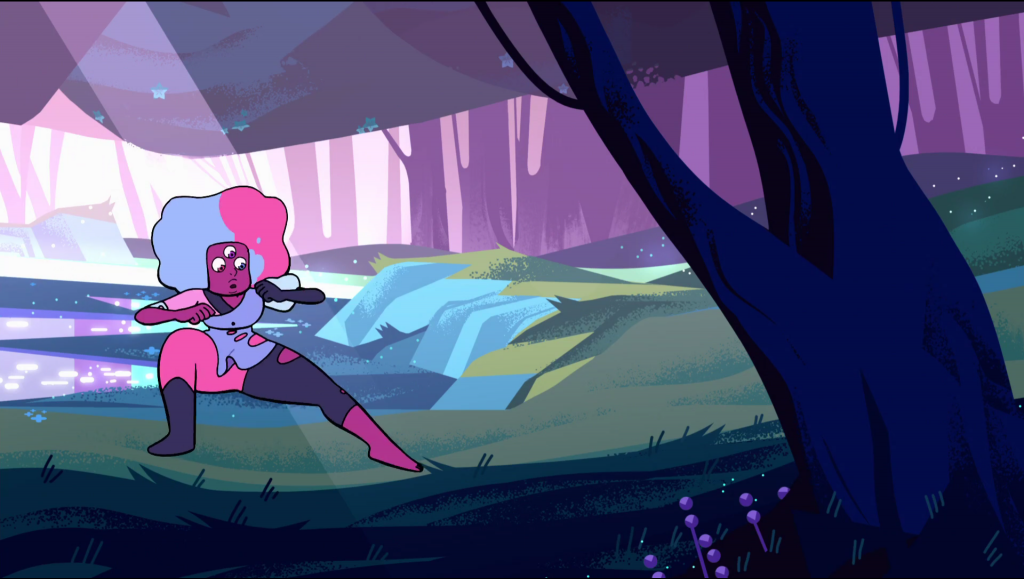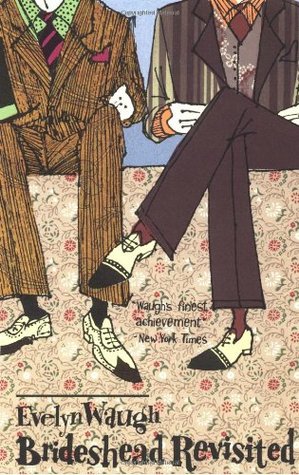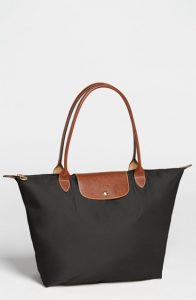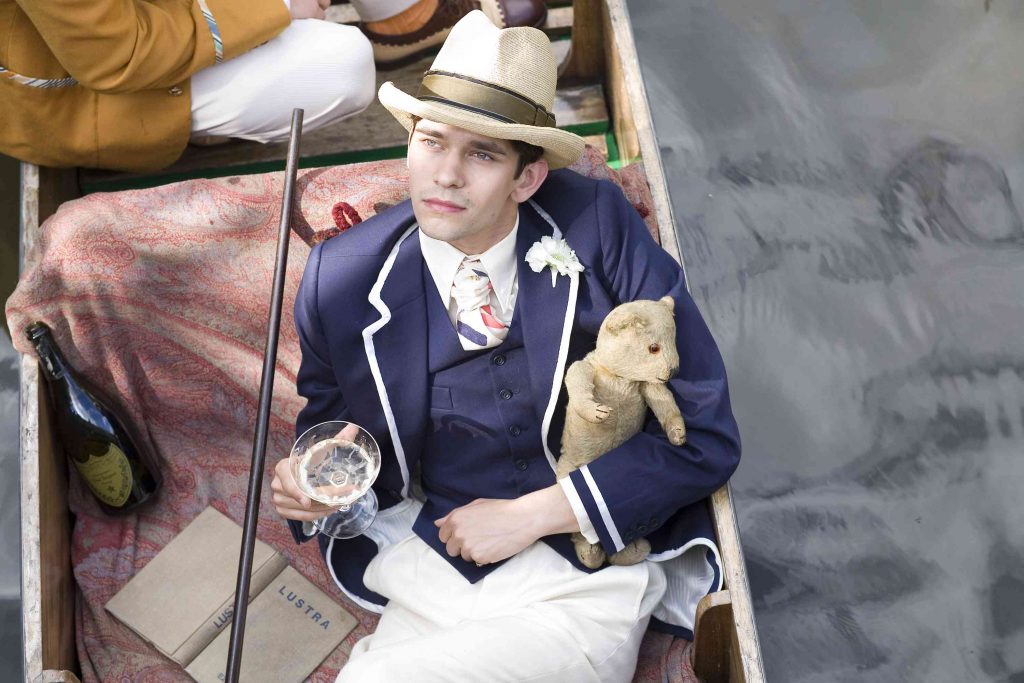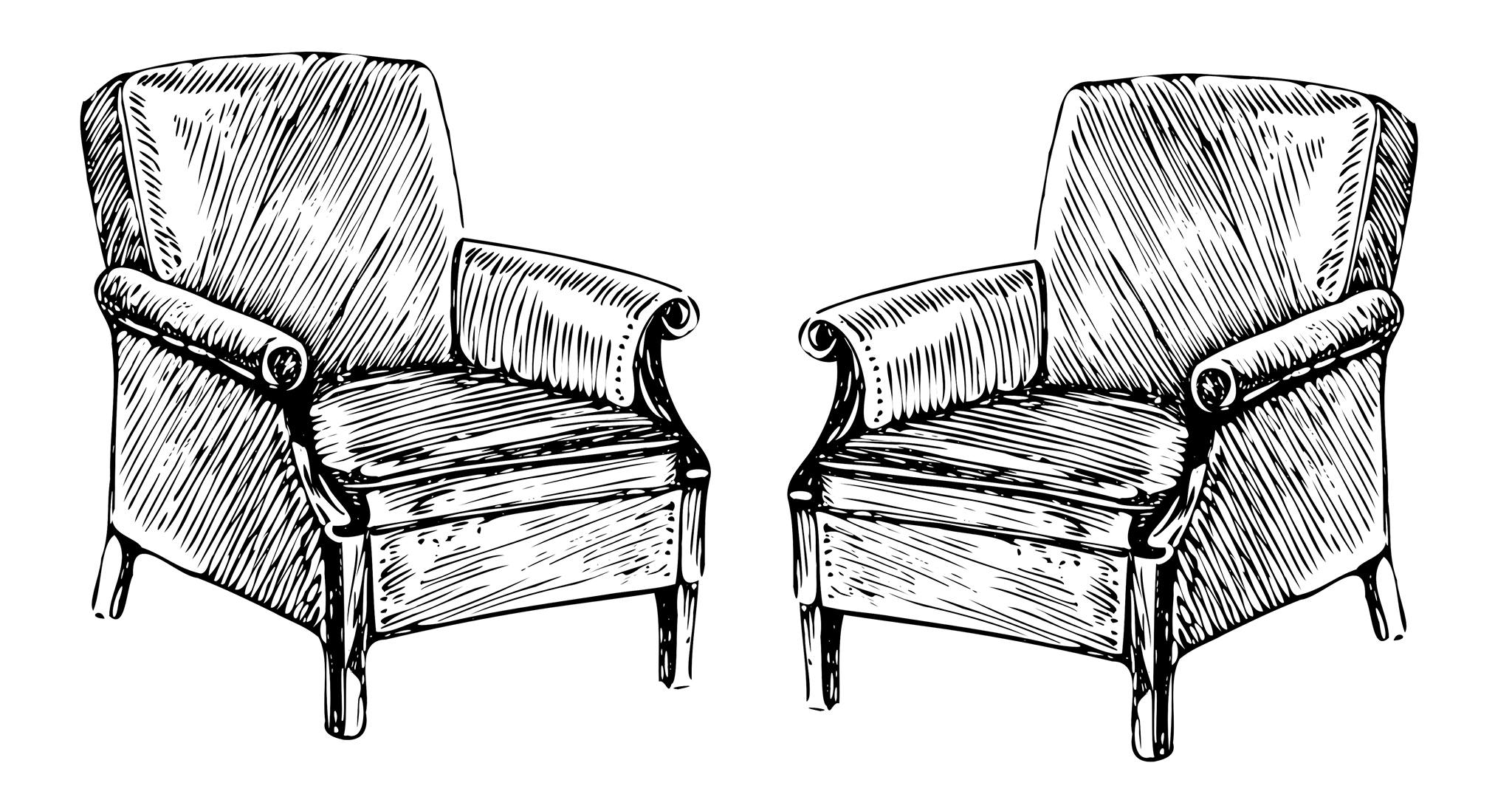
You can listen to the episode here, or subscribe wherever you get your podcasts.
The first half of the transcription is over on Alex’s blog, along with some awesome selfies from us. Read that first, then return to this post to read the second half.
Alex: I’m interested in, as far as makeup—you have hair again now, right?
Miri: Yeah! It’s short, but it’s growing back.
A: Yeah. So I don’t know what this looked like when you did not have hair, but for me, one of the things that I love is when I’m—I don’t normally wear everyday cosmetic makeup from the makeup counter at the pharmacy. The makeup that I wear is generally full on professional theatrical stuff. But when I’m doing all of that, I really like whatever base layer you’re doing, my foundation keeps carrying on up my forehead and then all over my head. And then when the contour arrives, I contour my skull! Which I feel is particularly hardcore on some level or other.
I’m not sure—if I said the name Sasha Velour, is that a person you recognise?
M: No.
A: Okay, so: drag queen from New York. Won Drag Race a couple of years ago, and is probably the only person associated with that show who I’m just reallyinto, to the point that I don’t care about anybody else. But yeah—New York drag queen, travels around the world a lot, and is rather intellectual and the child of two college professors. Known for being bald, and doing that in the full made-up femmeness as well.
I’m interested in your bald role models, but that’s definitely one of mine, and a big part of that process of finding a queer version of baldness. One of the things she’s talked about in interviews, actually, is that around the time that Sasha started doing drag, her mum died of cancer. And part of the reason she’s a bald queen is because they had conversations about, what was that process going to be? And [she] encouraged her mum to just embrace the glamorous aspects of baldness, and therefore now is permanently a bald queen in homage to that, and as a celebration of that.
Interesting that there’s a person who embodies both of those experiences of baldness that we have (both cancer and male-pattern). But yeah, that’s one of the people, as well as various film characters and things, that I’ve got as a personal canon of feminine baldness that I like to dig into a lot.
M: Yeah. So bringing it back to that topic, of course the first thing that comes to mind right now is Black Panther.
I’m hoping that everyone who’s listening has watched Black Panther—and if not, pause this podcast and go do that immediately, because it needs to be done! But in the movie, the Dora Milaje—the women who protect the Black Panther and project Wakanda—they’re bald, and they are absolute consummate badasses.
And there is a butchiness about that, in that they’re warriors and probably all queer as fuck (and if not, then I disagree with that!)—but there is a femininity to them. They show vulnerability, and they dress up at points in the movie; at least Okoye does. And that is actually when I love her look the most: when she’s undercover. I don’t remember right now the gown that she wore, but it was a fancy evening dress—and she wore a wig, to fit in I guess, but at one point she takes it off and she’s so happy to be rid of it. And OH that was so good! That gives me all of, like, the queer feels. Yes!
A: So—can I jump in here?
M: Yes!
A: Here’s the thing—I had a lot of drag-and-other feels about that scene. The moment when she says, ‘Look at me, do I have to keep wearing this ridiculous thing?’ is when she first turns up wearing the wig. She takes it off as a combat move and throws it at somebody.
M: Right! That makes it even better.
A: Yeah! But also, as far the gown, the actual costumes the Dora Milaje wear are based on—I think it’s an amalgam of various pan-African influences, but particularly… I can’t bring the name of the ethnic group to mind, but one particular African element. And I really appreciated that when they go to the casino, her dress that she wears is the same colour, it’s bright red, and it’s kind of a translation of what she would normally wear into that context. And I’m really interested in the idea [that] she’s theoretically going from quite butch to quite femme, but as a costume choice and an aesthetic choice, that almost seems to pose the question, exactly where is the switch there? And invites one the think a bit more questioningly about how those roles and aesthetics are constructed. So I was really into that. And also, just her on top of a car, bearing down on somebody, with a spear in hand! …was fabulous.
M: What I appreciated most of all, I think, about the aesthetic aspects of that scene is that while the wig was both practically and symbolically just unneeded there, she seemed as comfortable and at ease in a dress, really, as she does in her normal uniform. And I like that on a number of levels, because first of all, again, it jumps the butch-femme barrier. Just because you normally dress butch doesn’t mean that you can’t fucking rock a femme outfit. But also, it reflected the fact that warriors can come in many forms. You don’t have to look traditionally masculine to do it.
I don’t know enough about the Wakanda mythology to know why they’re bald. Maybe you know that? It might be to do with aesthetics, it might be to do with practicality. But regardless, you can still kind of do both. And in fact, I wouldn’t even call it ‘doing both’. I would call it ‘being her’. Sometimes she wears a fucking warrior uniform and carries a spear, and sometimes she wears an evening gown and carries a spear. (And rides on top of a car. And throws it.)
A: Yeah!
It was on the tip of my tongue, but it’s come back: it is the Maasai, I believe, who are the Africans that that particular—the whole Wakandan aesthetic is drawing from everywhere, but the Dora Milaje in particular are Maasai-looking.
And I guess to take that whole discussion maybe a stage further: potentially, one thing to think about in that context is binaries of masculine and feminine as a European thing. And if you’re not only African, but from—in this context—the African country that was never colonised, of course she does not observe that binary.
M: Yeah. I’m obviously not knowledgeable enough in African history to be able to say for sure, but that, based on what I know, sounds pretty true to me: that white westerners very much imported some of that into Africa, and into many parts of the world.
I mean, just think of the fact that there are many parts of the world where men or masculine wear items of clothing that westerners would call skirts or dresses. And to my knowledge, the only white western exception to that is the kilt. But in many other places, it’s not necessarily the case that just because you’re a man (or masculine), you have garments that wrap around each of your legs. You know?
A: Sure!
I’m only able to discuss all of that about Black Panther in detail because I was really—I very specifically geeked out about the costume design and stuff, so I read a load of interviews with the people behind it. As far as wider African cultural history, I don’t have that knowledge, so major disclaimer there!
But also, for me—maybe this is a generational thing, but the Borg queen from Star Trek is a person that I go to as far as ‘bald femme’, particularly with an evil dimension to it.
M: Yes. The other figure I was thinking of, was—staying within the realm of Marvel (and science fiction more broadly, I guess)—Doctor Strange.
The Ancient One is bald—and that, of course, I have my issues with, because many people say the casting there was whitewashed, and that should have been an East Asian woman. (On the other hand, I had also heard that the reason they specifically did not want to do that was to avoid playing into the stereotype of the old, wise Asian lady. So I don’t know.) I don’t know what my thoughts on that really are, but I will say that the choice to have her be bald was very cool. It very much felt, not like she was an alien or anything like that, but that she was some sort of mystical being, who kind of transcended our normal ideas of what bodies can do—and mortality, and all of that.
A: Yeah! No, I was into it. And of course, apart from any of the stuff about the casting there, I mean, Tilda Swinton is somebody who’s talked explicitly about being an actor who works within a queer aesthetic, and has that fandom going on. (Or did prior to that career move, anyway.) So yeah, no, very into that.
I don’t know if you ever saw the 1984 David Lynch film adaptation of Dune?
M: No! I did not.
A: It’s kind of historically known as a bad film that has a bit of a cult following, and there are certain aspects of it that are really queerphobic. Like, there’s a villain who essentially has AIDS. But it also has—within that world, there’s a slightly sinister group of what are essentially nuns, called the Bene Gesserit. And in that adaptation, they are all bald and wear long habits, kind of thing, and have thimbles that have spikes on them on their fingers. It’s very—I’ve got a weird, not even steampunk, but some kind of draggy, queer [appreciation of it]. That’s part of my list of influences as well.
M: I am into that! I’m gonna go take a look at that.
Does anything else come up for you in terms of interesting representations of baldness in film or in art?
A: Well, I will say: not actually within Marvel Studios, but I don’t know if you saw—not Logan, which is the more recent one, but one of the solo Wolverine films a couple of years ago? The one that’s set in Japan, from 2013?
It has a villainess—and I specifically say ‘villainess’, because I think that’s what’s going on there—who is a sort of evil chemist mutant, who produces a lot of toxins and has a mutation that makes her viper-y and all of that, and eventually sheds her skin. She eventually ends up being bald, because throughout the film, she gradually becomes more and more lesbian as her evilness is made clear. Which, on the one hand, I understand is very problematic and not cool—but also, it’s so over the top that I was really into it! In the way that I sometimes am aesthetically into very over-the-top problematic stuff. Maybe that’s just my having a thing about evil women, but.
M: Haha!
A: I’m wondering, actually—is there, like, an evil Disney queen who’s bald, or anything in that…
M: That’s what I was beginning to think about, and now actually I wonder. It’s a well established thing that villains are often queer-coded, but I wonder if the female (or femme) baldness thing is just a part of that, or if there’s a separate dimension along which we are suspicious, or maybe afraid, or feminine people (or people that we think ought to be feminine) who are bald, especially by choice. What do you think?
A: I mean, it’s worth saying also that on TV Tropes, there’s a specific page called ‘Bald of Evil’, that is, like, Walter White from Breaking Bad and Lex Luthor and people. That, mainly, is to do with men, but I guess there are female examples. So it’s worth adding to that whole context that there’s a baldness-coded-as-evil thing that is not specific to women. But having said that, I don’t think that invalidates [discussion of] the way bald women are portrayed in that way quite often.
I guess part of it that there’s also a thing of quote-unquote evil women being masculine in some way, or masculine-coded—large shoulder pads and all of that kind of thing, and trouser suits. That whole imagery of evil women in parts of pop culture.
M: Or, in some cases, over-the-top feminine. For instance, Cruella de Vil.
A: Mhmm!
M: But yeah, it really is either of those extremes. You don’t see a villainess who looks like the girl next door, unless it’s a much newer work that’s trying to subvert that whole concept.
A: Mm, right? And it occurs to me that often—I’m thinking of Ursula from The Little Mermaid, who was based on Divine. They’ve talked about that, and the actress who was playing her lowered her voice so that she could do it. But often it strikes me that not only is it over-the-top femininity that you get with those characters, but they actually are drag queens on some level. (Interesting to note: Divine specifically was a queen who had receding hair, and drew his eyebrows massively because there was so much bald head to work with.)
But yeah, I guess whether it’s massive femme hair or it’s baldness or whatever, there’s something about that trope of—I want to say drag, but I mean just in the context of… there’s something about characters whose gender presentation is deliberate, and intentional and cognisant, that is there. I think queer people grow up always feeling we have to be intentional about how we look and behave—although being autistic is part of that for me as well. I think there’s a certain thinking-about-clothes-as-costume that comes into that.
But yeah, I think that’s definitely part of that with those evil characters. On the other hand, they are designed to be fabulous at the same time as they’re evil, I think.
M: Yesss!
A: Cruella is a villain, but it’s her film. Do you even remember who the good guys were in that film?
M: So I remember that there were a lot of dogs. I don’t even know what anyone else looked like!
A: Also, as far as famous inspirations, I don’t know if you ever saw the movie adaptation of The Witches by Roald Dahl? But the Grand High Witch in that is a massive point of influence for me. She’s played by Anjelica Huston, who—was she in The Addams Family?—but she walks in and poses like RuPaul. She does the arm [movements] of a drag queen in that moment there, and eventually the hair comes off because she’s a witch and they’re all bald.
M: Sometimes it occurs to me that if drag and associated culture had never existed, where the fuck would anyone get their ideas for films or music videos? Or any of that. They really kind of owe us queers, and especially queers of colour, for that.
A: Totally. I’m thinking about drag and I’m thinking about, in the United States, southern pageantry drag, and I’m thinking about drag balls in Harlem, historically. And I guess that goes back to that whole ‘gender binary as colonialism’ thing. I’m always very conscious that people of colour, and specifically African Americans—that is the part of society that a lot of my influences have been filtered through at some point. But it’s so long ago and so deep-running that it’s easy to not think about; and also so much that it’s not obviously sort of culturally appropriative. The drag I’m aware of has obviously travelled through places like Harlem, but has also travelled a lot since then, so it’s hard to pin down what my relationship with that should be, except to be aware of it.
M: Yeah. As a white person, I of course can’t speak to what is appropriative or not. But I will say that what’s important to me is, first of all, obviously listening; and second, knowing to the best of my ability where things come from. So, some of these badass representations of baldness that we’re talking about—they’re coming from, like you said, maybe Harlem drag culture, maybe Maasai warriors. Any number of things. And I always want to know, who the fuck came up with this awesome thing? So I can thank them for it.
A: Yeah. Right! Also, at the same time, particularly characters like Divine and Ursula, there’s also a slightly more conservative (in some ways) tradition of theatrical drag—in England one would talk about pantomime dames, I know that’s not necessarily international—but there’s layers to that too, and a lot of those categories have got blurred. I guess one thing that’s helpful to think about, for me anyway, is that playing with and being critical of gender is not culturally specific. Or if it is, you’re critiquing a thing that comes from my own end of the world! So there’s that to it.
M: Well, and I think it’s important to point out that all cultures have their own oppressions and hegemony within them, and they have their own individuals and subcultures who are challenging those dominant ideas (whether that’s binary gender or something else). I think that’s something we often overlook, too, when we’re thinking about cultures that are marginalised and that we are not a part of.
A: Right. Sure. Wow, that conversation travelled!
M: It sure did! Wow. Which I think just goes to show how much deeper this topic goes than just a matter of aesthetics. Although—do love me some aesthetics!
As we wrap up, is there anything that you want to leave folks with? Any thoughts, any media recommendations, any questions for the listener to ponder?
A: Oh gosh. We’ll probably hang up in a couple of minutes, and I’ll think of, like, twenty!
M: Haha! And we’ll add them to the description, so it’s fine!
A: I don’t know—it’s probably worth saying there have probably been a load of good pieces and stuff written about this by people who are not me. So ‘Google stuff’, I suppose, is my message!
But one thing I will sort of add, on top of all of this, because I was thinking about this earlier: your hair has started to grow back now, and that is not the trajectory that mine is going to take. It’s just going to keep going in the direction it’s been going, which is ‘away’. But [here’s] one experience I’ve had about that.
You can actually—if you are beginning to experience quote-unquote male hair loss, there are ways of dealing with that medically. There are tablets you can take and there’s cream for your scalp, and they do actually work quite a lot of the time. There are ways to halt hair loss, and eventually there’s transplants and stuff like that that you can have. Which I have thought about, right? Because one does, even if you eventually do what I did and decide that you love being a bald queen. And here’s where I’ve ended up with that. (I’m interested in how it sits alongside your experience.)
My hair is eventually going to do the thing where it’s all gone on top, and I have that ring that goes by the ears and then round the back that bald people sometimes have. ‘Once that happens, it’s basically stopped falling out’ is the science of that as I understand it. It may still go a little bit, but that’s when it’s stabilised. That’s when I am interested in having a hair transplant, and here is what my thinking is about that.
I think a lot of those surgeries—‘Reverse your hair loss!’ and all of that—as very straight. Like, straight men in their forties who want to look younger, and it’s a little bit… I say a bit mid-life crisis, and I don’t want to fall back into that thing of shaming men for having feelings about hair loss. But the marketing of all of that kind of stuff is very, like, ‘Look young and virile and the women will fall for you!’ And I’m just not here for that!
So here’s my plan: when I’m old enough, and I’m forty or fifty and that’s all happened, I want to go to a surgeon who does that kind of stuff when I can afford it, and say, ‘Can you just take the hair from the back and sides of my head, and put it in the middle, please?’ Just so that I have a natural growing mohawk.
M: Oh wow!
A: I think that would be fabulous.
M: Yes!
A: So I’m like the one seventy year old in the nursing home, one day, who just has that! And I don’t even have to shave my head any more at the sides, my hair just naturally grows that way.
I think that, also, is part of my thing of trying to resist the normative culture of baldness, and instead of trying to reverse the falling-out process and go back to who I was when I was younger, I like the idea that I’ll one day do that, and it can be a continuation of hair loss, and I’ll be morphing into some new version of me instead. So that’s my queer understand of that.
M: That is fantastic, and I can’t wait to see it someday.
I think where I’ll leave off is that, even though I’m growing my hair back now and kind of thinking about what I’m going to do with it, I think that the transformative nature of my baldness, and of that experience, is something that’s going to stay with me.
When I first started out, I was heartbroken to lose my hair, because it was such a marker of queer identity for me. (And other things—it’s pretty! You know whatever.) I did not think there would be anything queer or beautiful or particularly notable about having no hair. And that first moment that night, in the mirror, that I myself as this queer space queen? Like, that will always be with me.
And what that says to me is that you can queer really just about anything. In various ways. You can take it back, you can appropriate it (in a positive sense), you can make something out of it.
I may never be bald again—or I might. Or I might have something totally different going on. I mean, I lost my breasts. That was a whole thing for another episode! And this is corny as fuck, but I feel really inspired to make everything queer.
A: I’m really into that. And on that note, here’s my actual signing-off message.
People who are not losing their hair over time the way I have, or don’t have medical stuff going on or whatever: if you’re somebody who is listening to this, and you’ve maybe thought about that idea (or even if you haven’t)—try it! Shave your head. I think everybody should do it at some point.
You can do it in the school holidays, or whenever, if you’ve got a break in between stuff in your life. If your hair is going to grow back, you may as well! (Lucky you.) I have taken so much from this, and my baldness is now such a part of me that I love and have nurtured, and that’s taught me so much, and I think it’s one of those things everybody who can reasonably try should.
M: I love that, and I’ve loved this whole conversation.
A: Me too!
M: Thanks so much for coming on and discussing your experiences. I’ve learnt a lot, and I’m excited to go and watch some of these movies and things that you’ve recommended!
A: Cool. Awesome! I look forward to hearing about it.
M: Thanks so much Alex. Have a good day! Bye.
A: And you! Bye now.
Find 2 AM Talks on your favorite podcast platform and on Twitter.
Brute Reason does not host comments–here’s why.
If you liked this post, please consider supporting me on Patreon or Ko-fi!



